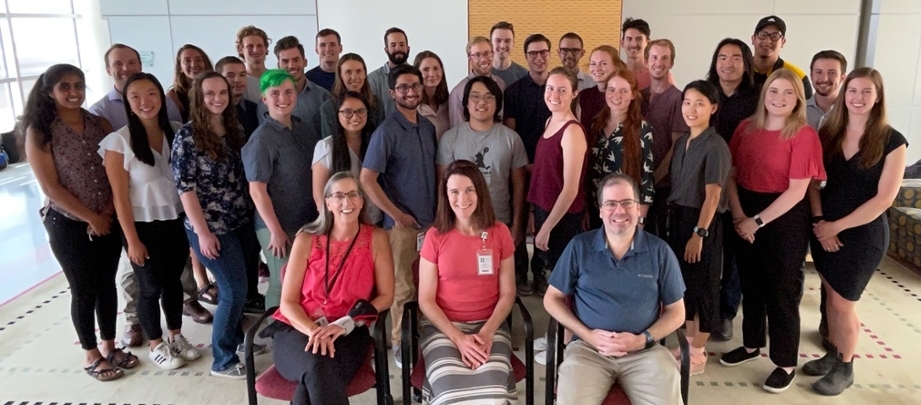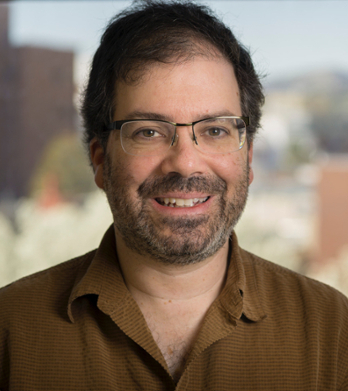Voices of U of U Health
Preparing Tomorrow’s Physician-Scientists
In the early ‘90s, physician-scientists were an endangered species. Really. People with both a medical degree and a PhD were scarce, and that was a problem. Many MD-PhD programs around the country were founded in response to the shortage.
The University of Utah School of Medicine created its MD-PhD program in 1993 as a response. It started very small, averaging about two students a year. It has grown ever since. We now select about eight stellar students annually.
Dual Degrees Are Hard, But They Matter
Earning an MD is a huge accomplishment by itself. Imagine what it’s like to work toward an MD and PhD simultaneously. It typically takes eight years to finish. Students start with two pre-clinical years of medical school training. They then spend the next four years completing the PhD before returning to med school for two more years of clinical work.
John Sanchez is one of our students currently in his last year of the program at the U. He has benefitted greatly from the integrated clinical and research training offered by the dedicated faculty here.
“MD-PhD training has provided me with a strong foundation in clinical and scientific rigor,” Sanchez said. “By working with physician-scientist mentors, I’ve learned how these two skills can be effectively combined for the best outcomes. Between the hands-on clinical curriculum and diverse clinical exposure, I feel well prepared to move on to my internship.”

MSTP Funding is a Boon
To date, the U has been able to give full scholarships to all of its extraordinary MD-PhD students. This includes full tuition waivers and a fellowship equivalent to the graduate student stipend—$29,130 in 2020-2021. This allows graduates of the program to make career choices without external financial influence.
We’ve historically had a strong program, but every program wants to get better. So, after almost 30 years in existence, we are applying for a grant from the National Institutes of Health (NIH) for Medical Science Training Program (MSTP) funding.
It is exactly the step up that we need. The funds would help us take the quality of our program to the next level and build a cadre of MD/PhD students to serve as mentors for other campus medical and graduate students with whom they regularly interact.
MSTP status would recognize the outstanding efforts of our trainees and faculty to improve our integrated program. It would also alert potential applicants that Utah is worthy of their serious consideration as one of the premier physician-scientist training environments in the U.S.
Growing and Diversifying
In just the last five years, the number of students applying to our MD-PhD program has tripled, even without MSTP funds. We are also proud to have matriculated more diverse students in the last two to three years than in the previous 25 years combined. Our continuing partnership with the Diversity Outreach Program will strengthen our efforts to diversify our student base.
Staying Tight
One unique feature of our MD-PhD program is the high level of support among students. Amanda Truong is another of our seniors. She remembers how student mentors helped her prepare for her PhD exams, write grants, and transition back into medical school.
“Our tight-knit group fosters scientific excellence, collaboration, mentorship, and friendship,” Truong said. “The main advantage of the MD-PhD program is that we have a consistent support system from year one to year eight. We are so much stronger together than we can be individually, and I am grateful to be a part of this thriving collective effort.”
Future of Medical Science
Students like Sanchez and Truong really embody the goal of any MD-PhD program. We train physician-scientists to integrate scientific discovery into clinical practice; become leaders that contribute to all aspects of service in academic medicine, industry, and government; and serve as mentors and role models for future physician-scientists.
And that’s exactly what they will do and who they have become.
